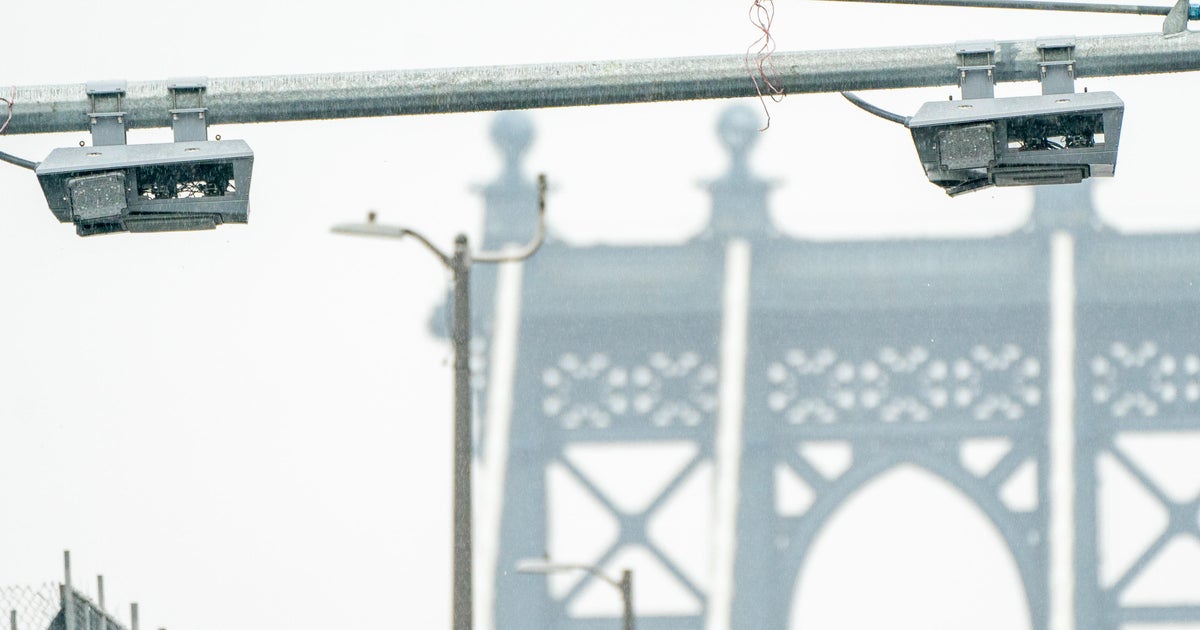Prescribed burn ignited in Ulster County wildlife refuge to reduce wildfire risk
ULSTER COUNTY, N.Y. -- Spring is the most dangerous season for fires in our area, and recently there were several major wildfires.
Fire officials said low humidity, high winds and trees that aren't leafed yet make a dangerous combination.
CBS2 tagged along on a prescribed burn in Ulster County, New York as officials intentionally set the ground on fire to help reduce risk.
Officials used flare pistols and drip torches to start a fire at Shawangunk Grasslands National Wildlife Refuge. Crews on the perimeter kept a close eye on the flames.
READ MORE: Officials warn New Jersey residents wildfire dangers are not over yet
Burn boss Tomas Liogys, a prescribed fire specialist with the U.S. Fish and Wildlife Service, said one of the primary purposes of the prescribed burn is to reduce fuel.
"We refer to grass and timber and leaf litter as fuel because that's what fire consumes," said Liogys. "By putting fire on the ground, we're reducing the chance of a fire starting on the refuge and spreading it out towards private property or vice versa."
Liogys said the last few years have been unusually dry.
READ MORE: West Milford wildfire scorches hundreds of acres, largest in New Jersey since 2010
"You get the snowfall, it packs down that leaf litter from the previous fall, so those fuels are compact. When fuels are compact, they retain a lot of moisture and they can't carry fire as easily," said Liogys.
Weather conditions had to be just right in order to start the prescribed burn.
"Winds are also on the low end for us. They're light and variable. We usually like just a little bit more wind to help carry fire," said Liogys. "With the lighter winds, what that means is our firefighters are going to have to do a lot more walking."
They created two strips of flames, which also helped create wind.
READ MORE: Rockland County demands investigation after freight train ignited brush fires
"They like to work together. It's kind of just how the physics of the fire works. It wants to draw itself in. So by firing where we're standing here, it's drawing those bigger flames away from the pavilion and towards us," said Liogys.
It took hours to get it done, and a lot of planning beforehand. The grass will regrow in a few weeks.
In addition to reducing the fire risk, prescribed burns eliminate invasive, non-native plants and vegetation. That enhances the habitat for birds and other animals.




